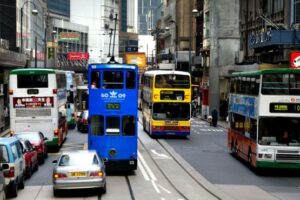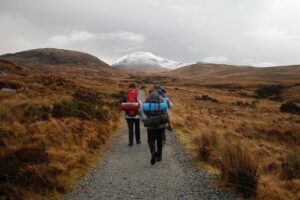Table of Contents
Early history.
The earliest known records of Singapore are from a C3rd AD Chinese account which describes the location as Pu-luo-chung in the Malay language, which can be translated as, “the island at the end of a peninsula”. The first settlements were established on the site at the end of C13th AD, and it became known as Temasek, or “Sea Town”. During C14th AD this small, strategically-located island was given a new name by a Srivijaya Prince from Palembang. He named the site Singapura, or “The Lion City” from the Sanskrit words simha (“lion”) and pura (“city”). Its location at the tip of the Malay Peninsula, a natural meeting point of sea routes at that time, helped it to flourish as a trading post for Chinese, Arab, Portuguese, and Buginese merchants.

Sir Thomas Stamford Raffles.
Modern Singapore was founded in the C19th AD, thanks largely to Sir Thomas Stamford Raffles. At the time, the British were looking for a port in the region as a base for their merchant fleet, and to circumvent Dutch interests. Singapore appeared to fit the bill. Raffles landed in Singapore in January 1819. He immediately saw the great potential of the location and helped to negotiate a treaty to establish Singapore as a trading station. It grew quickly as a trade hub and attracted immigrants from China, India, and Malaya. In 1822, Raffles implemented the Jackson Plan which divided the settlement into four separate residential areas to deal with problems of disorderliness. Residential areas were segregated into four ethnic groupings which essentially consisted of Europeans, Chinese, Indians, and Malays. These divisions are still clearly visible in Singapore and Malaysia to this day. Singapore continued its development as a trading hub, with the establishment of banks and other commercial associations. In 1924, a causeway connecting Singapore with Johor Bahru was opened. In 1887 the Raffles Hotel was established as the first of the luxury hotels in Singapore.
The Second World War.
Singapore was invaded by the Japanese on 8 December 1941. They arrived from the north, surprising the British military commanders. The Allies surrendered to the Japanese on 15 February 1942. Singapore was renamed Syonan-to which can be translated as, “Light of the South Island”. The Japanese surrendered in 1945, and Singapore was handed back to the British military who remained in power until April 1946 when it became a British Crown Colony.
The Road to Independence.
In 1959, the growth of nationalism in Singapore resulted in self-government and the first general election. The People’s Action Party won a majority in the election and Lee Kuan Yew then became the first prime minister of Singapore. In 1963, Malaysia was formed, comprising at the time of the Federation of Malaya, Singapore, Sarawak and North Borneo with the aim of developing strong and lasting ties between its members. However, this didn’t work well for Singapore which separated from Malaysia on 9 August 1965 to become an independent, sovereign, democratic nation. Today you can still see evidence of Singapore’s multi-cultural, colonial and wartime past in its monuments, museums and memorials.




